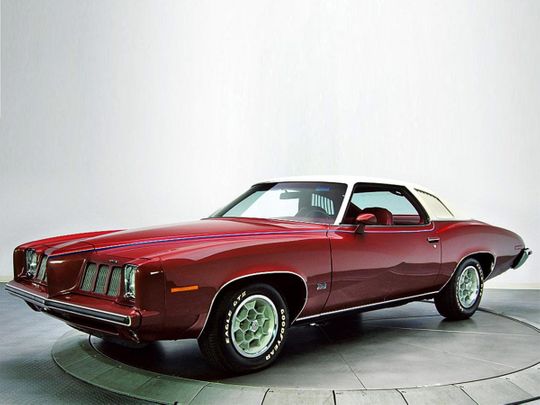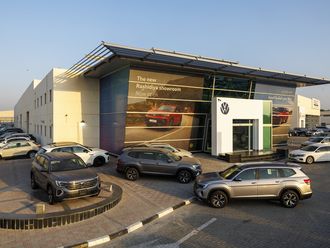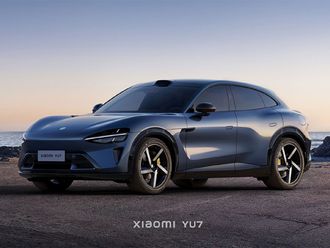
The first-generation Grand Am, made from 1973 to ’75, had it all. It was powerful, handled great and was luxurious, too. Without a doubt, it was one of the best cars Pontiac made and was as good as anything its European counterparts were producing at the time.
In fact, GM looked to Audi, Mercedes and BMW when designing the model, taking build quality and materials used for the cabin very seriously (so much so that Grand Ams 43 years later are still rock solid), but always intended to offer it for about a third of the cost of the Germans. It was a smart move that paid off handsomely for the General.
In the Grand Am’s first year in the market, over 40,000 units sold. Part of the reason for the strong sales was the fact that the A-body model was originally intended to be the new GTO. And when word got out, buyers wanted a piece of the action, expecting traffic-light shenanigans that the muscle car was known for. That the GTO name was available as an option package on the Le Mans instead did not hurt the GA’s image or sales.
People still loved the potent, luxury coupé, which was bettered in the handling and performance stakes by only its stablemates the Corvette, Firebird/Trans Am and Camaro. It was more refined than those three and featured deep buckets with lumbar supports, a thick-padded three-spoke steering and a classy wooden dash taken from the Grand Prix.
Riding on 15in wheels, with a sport-tuned suspension and massive front and rear anti-roll bars, it could easily handle the power the 6.6-litre V8 produced — but the optional 7.5-litre meant a heavy right foot would leave a set of 11s on the road. The 400-cubic-inch motor could be had with a four-speed manual, but the bigger 455 unit was limited to a three-speed automatic.
The former made 230bhp and the latter 250bhp, but aside from the performance or luxury the car afforded, it was its styling that really set it apart. The long bonnet and short boot proportions were beautiful — if a tad similar to that of the Chevelle and Cutlass — but its six-piece grille and distinctive nose, louvred B-pillars and special graphics package made it stand out from the Chevy and Olds.
The Grand Am would have been an even bigger hit had it not been for the energy crisis in October ’73, which meant big displacement motors became unpopular. Americans suddenly wanted smaller cars and Japanese imports were in demand. The cars made by the Big Three started to languish on dealer lots.
Over 70,000 were built during the short first-generation run and a decent model today will set you back around Dh60,000 while a clean low mile example will fetch in the region of Dh100,000.









